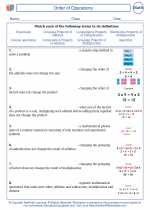Algebra -> cartesian coordinates
Cartesian Coordinates
Cartesian coordinates are a system for representing points in a plane using two numbers, called the x-coordinate and the y-coordinate. This system was developed by René Descartes and has become a fundamental concept in mathematics and geometry.
Representation
Each point in a plane can be represented by an ordered pair of numbers (x, y), where x represents the horizontal position and y represents the vertical position. The point (0, 0) is called the origin and serves as the reference point for the coordinate system.
Quadrants
The plane is divided into four quadrants, labeled I, II, III, and IV, which are formed by the x-axis and y-axis. The signs of the coordinates (x, y) determine in which quadrant a point lies. For example, if x is positive and y is positive, the point lies in quadrant I.
Distance Formula
The distance between two points with coordinates (x1, y1) and (x2, y2) can be calculated using the distance formula:
√((x2 - x1)2 + (y2 - y1)2).
Practice Problems
- Plot the points (3, 4), (-2, 5), and (0, -3) on the Cartesian plane.
- Which quadrant does the point (-5, -2) lie in?
- Calculate the distance between the points (1, 2) and (4, 6).
These practice problems will help you reinforce your understanding of Cartesian coordinates and how to work with them. Good luck!
.◂Math Worksheets and Study Guides Fifth Grade. Algebra
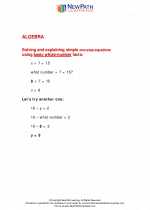
 Activity Lesson
Activity Lesson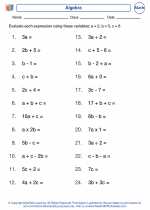
 Activity Lesson
Activity Lesson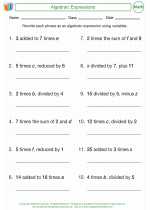
 Activity Lesson
Activity Lesson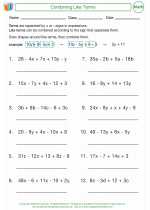
 Activity Lesson
Activity Lesson
 Worksheet/Answer key
Worksheet/Answer key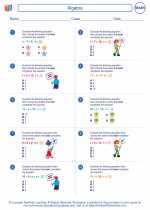
 Worksheet/Answer key
Worksheet/Answer key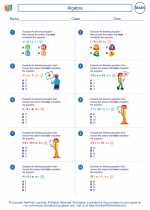
 Worksheet/Answer key
Worksheet/Answer key
 Worksheet/Answer key
Worksheet/Answer key
 Worksheet/Answer key
Worksheet/Answer key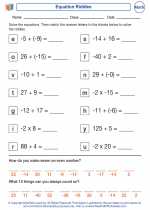
 Worksheet/Answer key
Worksheet/Answer key
 Worksheet/Answer key
Worksheet/Answer key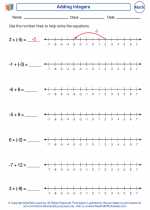
 Vocabulary/Answer key
Vocabulary/Answer key